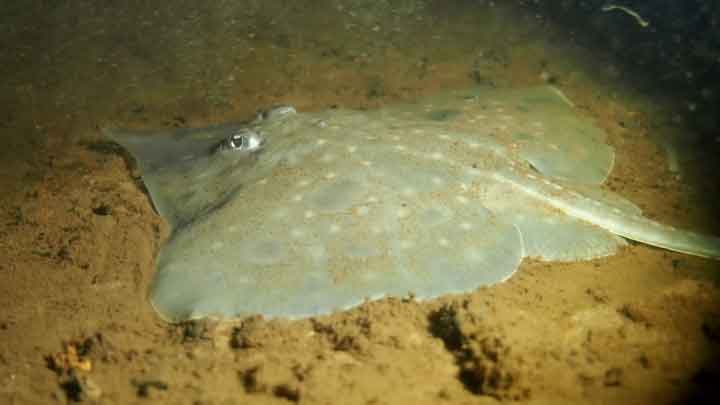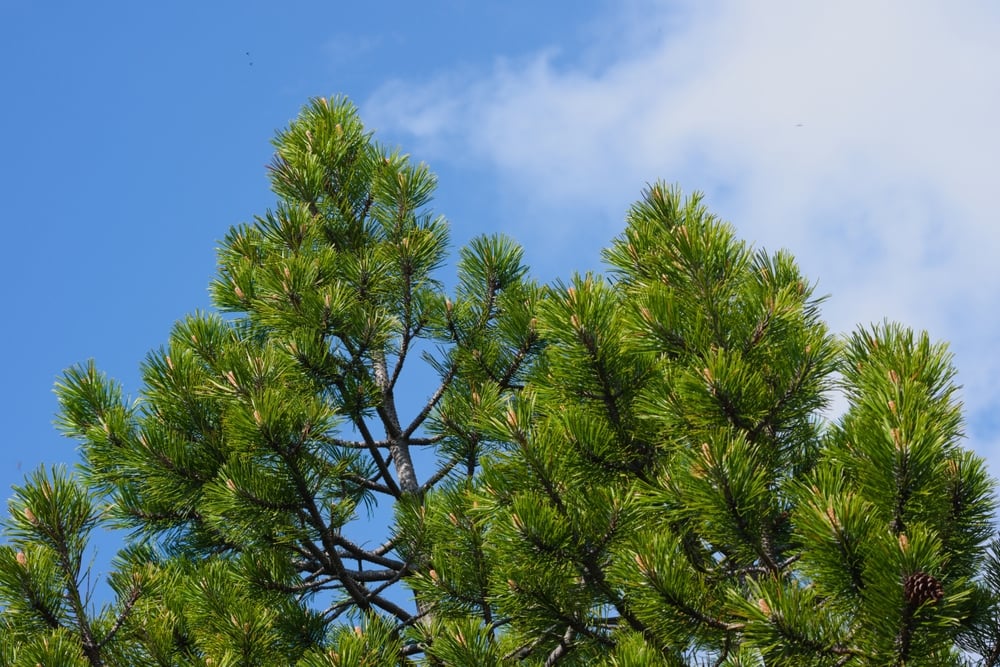Five Australian species at immediate risk of extinction

Environment Minister Tanya Plibersek’s vow to prevent extinctions just got harder, with experts warning five Australian species are at immediate risk.
Another 41 including the charismatic Mary River Turtle are on course to be declared critically endangered, with most to make a first appearance at the highest level of concern.
The head of the Threatened Species Scientific Committee has told Ms Plibersek the anticipated spike in listings “demonstrates the very serious and increasing extinction risks to Australia’s biota”.
The committee has expressed immediate concern about the survival of four native plants, deemed to be in as much hot water as the ancient Maugean skate that’s barely hanging on in Tasmania’s Macquarie Harbour.
They include the dwarf mountain pine, now limited to a 9km range in the Blue Mountains, and Diels’ wattle, once thought to be extinct but rediscovered in recent years beside a busy highway in Cranbrook, Western Australia.
The 41 species on track to be added to the critically endangered list include Queensland’s butt-breathing Mary River Turtle, known for the vibrant green mohawk of algae that adorns its head.
Another is NSW’s Wollumbin hip-pocket frog, a species that sees protective dads carry their tadpoles around in pouches on their legs.

One ecological community – honeymyrtle shrubland on limestone ridges of Western Australia’s Swan coastal plain bioregion – is also set for a critically endangered listing. If it fails, it could mean a cascade of other losses.
“Ecological communities do not become extinct but collapse,” committee chair Helene Marsh told Ms Plibersek in a recent letter.
That means the community suffering “a drastic, possibly permanent, reduction in carrying capacity for all organisms and the extinctions of some species associated with the community”.
Prof Marsh told the minister the expected spike in critically endangered species demonstrated the importance of being able to adapt regional plans to respond to species-specific threats.
Regional planning is one of the key tools Ms Plibersek plans to use to halt the steady decline of Australia’s environmental health, alongside a complete rewrite of the nation’s environment laws.
In a statement, the minister said the government was working hard to reform the nation’s environmental laws, which would be released for public consultation later this year.
Australian Conservation Foundation nature campaigner Peta Bulling says the committee’s advice shows just how urgent the task is.
“Australia’s threatened species list already has more than 2000 species on it.
“Habitat destruction is the leading cause of extinction in Australia, directly contributing to the listing of 60 per cent of Australia’s threatened species.
“Australia urgently needs strong outcome-driven environment laws, active conservation and recovery planning and an end to harmful activities like land clearing and native forest logging.”


